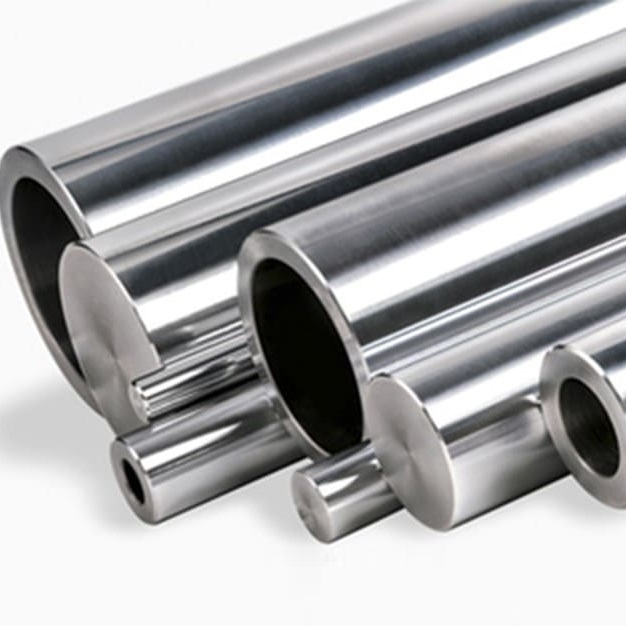The quality of chrome plating is very important for chrome plated bar, this is because chrome plated bar is one of the key parts of the hydraulic cylinders, it is widely used as the hydraulic cylinder rod, also known as hydraulic piston rod. The chrome plating layer plays a very important role in the performance of the hydraulic piston rods.
Main Methods to inspect the quality of hard chrome plating
To inspect the quality of chrome plating layer, there are some methods as below.

- Visual inspection
Visual inspection is to inspect the surface quality of the chrome plated rod, the good quality chrome plated rod should have a brightly, smoothy surface. The outer surface with chrome plating should not have defects such as flaking, pitting, cracks, scratches, dents, hydro, surface discontinuity, and so on.
- Chrom plating thickness inspection
Measuring the chrome plating thickness with a Film thickness detector. People can easily read the test result value of the thickness of chrome plating layer, such as 15 microns, 20 microns, 30 microns, 40 microns, 50 microns, 60 microns, and so on.
- Surface Roughness Inspection
Using a Surface Roughness Meter to inspect the surface roughness of the chrome plated outer surface. The good quality surface of chrome plating should with a roughness max Ra 0.2 μm.
- Spray Salt Resistant Test
Spray salt resistant test is the most important method to inspect the corrosion resistant performance of the chrome plating layer.
What is Spray Salt Resistant Test?
The corrosion resistance of chrome plated piston rods is evaluated using a standardized test method known as the salt spray test. In this test, a hard chrome bar sample is exposed to a fine mist or aerosol of salt particles in a chamber that simulates natural weather conditions. The damage to the sample is then visually measured and compared to other samples, with the results being reported as equivalent exposure hours.
Salt spray testing is commonly used to evaluate the durability of coatings and finishes on the surfaces of hydraulic cylinder rods. It can also be used to assess the impact of varying exposure conditions, such as humidity and temperature, on a coating’s ability to resist corrosion. Additionally, the test is useful for comparing the performance of different coatings and finishes.
The neutral NSS test is the most widely used of the three salt spray tests available, which also include the AA SS and CA SS tests. Typically, salt spray testing is carried out according to the ASTM B117 standard for neutral salt spray testing, lasting between 24 and 1000 hours. The test involves using a 5% sodium chloride solution that is atomized within a sealed chamber to create a saltwater mist, accelerating the corrosion of the materials under examination.
Here below is a table of Chrome plating minimum Salt Spray Ratings. Recommended chrome thickness per ASTM B650–95. Neutral Salt Spray (NSS) ratings per ASTM B117

GUANGXI HYDRAULIC MACHINARY, a leading China chrome plated bar manufacturer, produces hard chrome plated bars, Nickel-Chrome Plated Rods, and Induction hardened chrome plated bar with a variety of sizes and materials, including C45 /CK45 (CK45 chrome plated bar), SAE1045 (1045 chrome plated bar), SAE4140 (4140 chrome plated bar), and 42CRMO, 20MnV6. The company also has extensive experience in conducting salt spray tests to meet customer requirements.